Rafael Gomes Braga
From Safety Standards to Safe Operation with Mobile Robotic Systems Deployment
Feb 28, 2025Abstract:Mobile robotic systems are increasingly used in various work environments to support productivity. However, deploying robots in workplaces crowded by human workers and interacting with them results in safety challenges and concerns, namely robot-worker collisions and worker distractions in hazardous environments. Moreover, the literature on risk assessment as well as the standard specific to mobile platforms is rather limited. In this context, this paper first conducts a review of the relevant standards and methodologies and then proposes a risk assessment for the safe deployment of mobile robots on construction sites. The approach extends relevant existing safety standards to encompass uncovered scenarios. Safety recommendations are made based on the framework, after its validation by field experts.
Robotic deployment on construction sites: considerations for safety and productivity impact
Apr 19, 2024Abstract:Deploying mobile robots in construction sites to collaborate with workers or perform automated tasks such as surveillance and inspections carries the potential to greatly increase productivity, reduce human errors, and save costs. However ensuring human safety is a major concern, and the rough and dynamic construction environments pose multiple challenges for robot deployment. In this paper, we present the insights we obtained from our collaborations with construction companies in Canada and discuss our experiences deploying a semi-autonomous mobile robot in real construction scenarios.
From the Lab to the Theater: An Unconventional Field Robotics Journey
Apr 11, 2024Abstract:Artistic performances involving robotic systems present unique technical challenges akin to those encountered in other field deployments. In this paper, we delve into the orchestration of robotic artistic performances, focusing on the complexities inherent in communication protocols and localization methods. Through our case studies and experimental insights, we demonstrate the breadth of technical requirements for this type of deployment, and, most importantly, the significant contributions of working closely with non-experts.
Semantic navigation with domain knowledge
Jun 18, 2021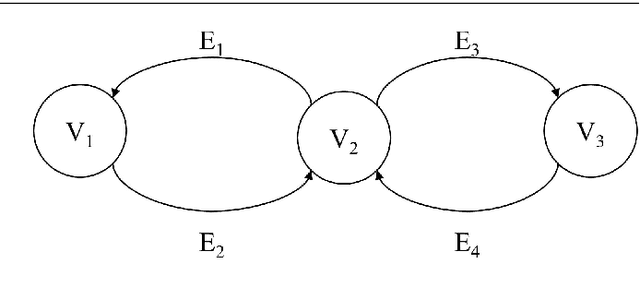
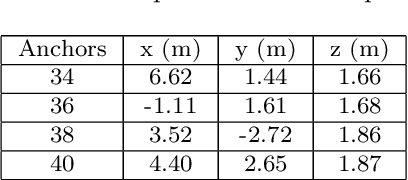
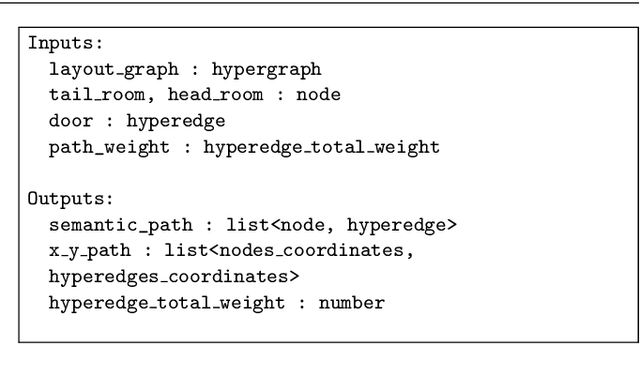

Abstract:Several deployment locations of mobile robotic systems are human made (i.e. urban firefighter, building inspection, property security) and the manager may have access to domain-specific knowledge about the place, which can provide semantic contextual information allowing better reasoning and decision making. In this paper we propose a system that allows a mobile robot to operate in a location-aware and operator-friendly way, by leveraging semantic information from the deployment location and integrating it to the robots localization and navigation systems. We integrate Building Information Models (BIM) into the Robotic Operating System (ROS), to generate topological and metric maps fed to an layered path planner (global and local). A map merging algorithm integrates newly discovered obstacles into the metric map, while a UWB-based localization system detects equipment to be registered back into the semantic database. The results are validated in simulation and real-life deployments in buildings and construction sites.
Semantic Navigation Using Building Information on Construction Sites
Apr 21, 2021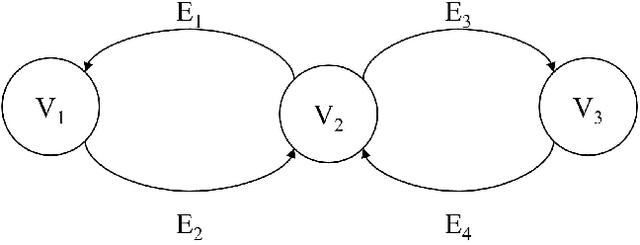
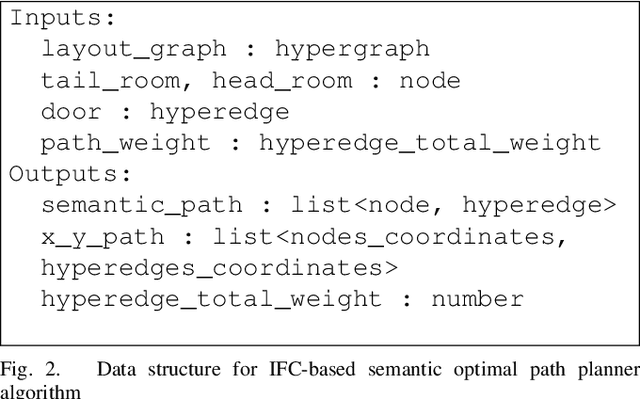

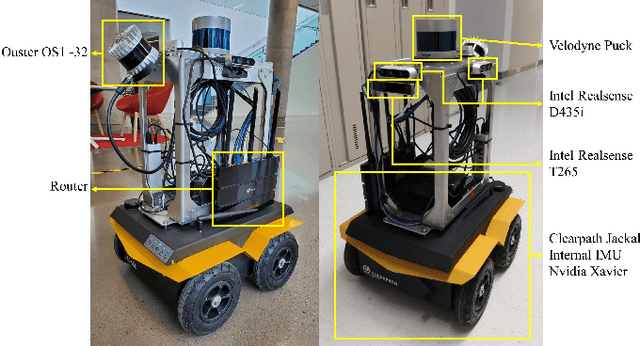
Abstract:With the growth in automated data collection of construction projects, the need for semantic navigation of mobile robots is increasing. In this paper, we propose an infrastructure to leverage building-related information for smarter, safer and more precise robot navigation during construction phase. Our use of Building Information Models (BIM) in robot navigation is twofold: (1) the intuitive semantic information enables non-experts to deploy robots and (2) the semantic data exposed to the navigation system allows optimal path planning (not necessarily the shortest one). Our Building Information Robotic System (BIRS) uses Industry Foundation Classes (IFC) as the interoperable data format between BIM and the Robotic Operating System (ROS). BIRS generates topological and metric maps from BIM for ROS usage. An optimal path planer, integrating critical components for construction assessment is proposed using a cascade strategy (global versus local). The results are validated through series of experiments in construction sites.
 Add to Chrome
Add to Chrome Add to Firefox
Add to Firefox Add to Edge
Add to Edge